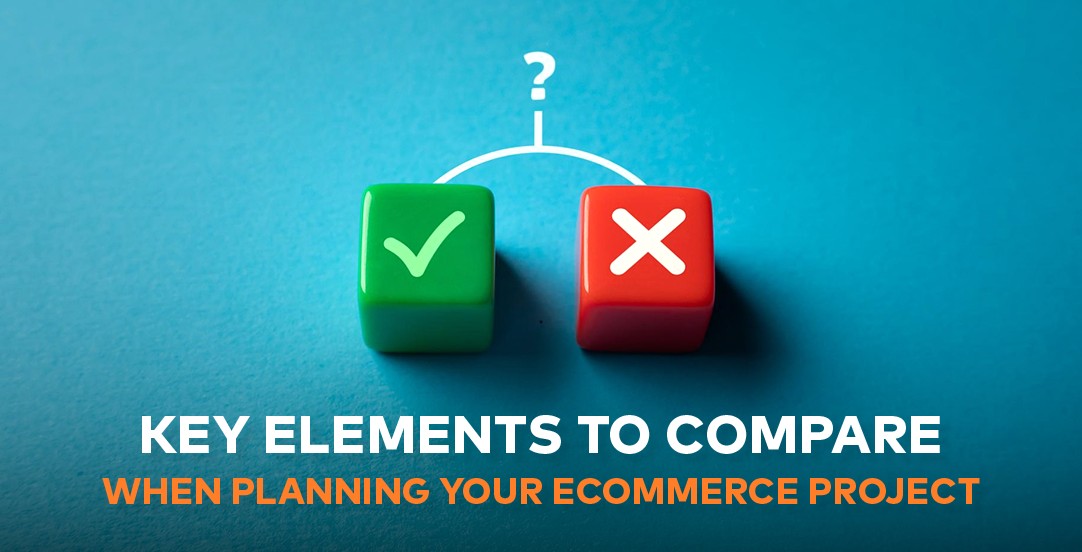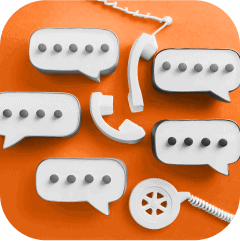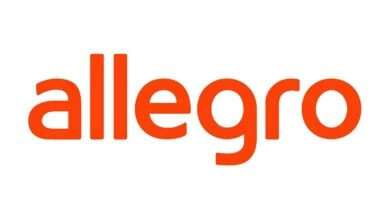Category
Key elements to compare when planning your eCommerce project

In today’s digital world, eCommerce is not just a trend – it’s a necessity. But what eCommerce really means can vary from person to person, company to company. Because it’s such a broad concept, each supplier or subcontractor may understand it differently. That’s why, when you’re planning to work with subcontractors on an eCommerce project, it’s important to analyze the offers you receive carefully and compare the right values. A well-structured comparison will help you make the best decisions for your business.
1. Legal and organizational aspects
- Project delivery model
- Type of payment agreement
- Warranty period
- Notice period for ending the cooperation
- Response time during warranty period
- Platform feature description
- Ideal customer journey based on key features
2. Scope of Cooperation
- Development
- UI Design
- UX Research
- UX Design
- QA (Quality Assurance)
- Support
- SEO
- Content Marketing
3. Administrative and logistics platform features
- Product catalog management: adding, editing, deleting products
- Order management: view, accept, cancel orders, invoices
- Inventory tracking: availability and shortage notifications
- Pricing and promotions: setting prices, discounts
- Payment and delivery: integration with payment and shipping providers
- Customer database management with flexible segmentation
- Sales statistics and data export/import
- Marketing content management
- Product location tracking in warehouse
- Product turnover analysis
- Order picking management
- Picking lists and route planning for warehouse staff
- Support for strategies like cross-docking, FIFO, FEFO
- Return and complaint handling (easy return for customers)
- Courier integration (auto-generated shipping labels, tracking)
- Multi-warehouse support and inter-warehouse transfers
- Support for various delivery methods (courier, parcel locker, pickup)
- Dropshipping and cross-docking support
- Barcode scanner compatibility
- Logistic unit management
- Easy handling of unannounced returns
- Omnichannel sales support
4. Key User-Facing Features
- Browsing products: filter, sort, and search
- Adding to cart: select and reserve products
- Checkout process: clear and intuitive steps
- Payment options: card, bank transfer, e-wallets, invoicing
- Order tracking: updates from checkout to delivery
5. User and Order Management
- User registration and login (including social media)
- User profile management: edit personal data, settings
- Order history: view orders, payment status
- Return and complaint requests
6. System Performance and Maintenance
- Website optimization: clean code, fast loading
- Scalability: handle many users and orders
- Performance monitoring: response time and system health
- Backups and security: regular data backups, protection from attacks
- Support response time
- System warranty
7. Most Popular Integrations
- Payment systems (e.g. PayPal, Stripe, Braintree): accept many payment types for better user experience
- Warehouse systems (e.g. NEXO, Comarch Optima, Subiekt GT, Enova365, Microsoft Dynamics 365): manage stock and logistics
- Shipping and logistics platforms (e.g. UPS, FedEx, DHL): automate shipping, track packages, create labels
- Marketing platforms (e.g. Mailchimp, Klaviyo, HubSpot): run email campaigns, personalize offers, segment users
- Analytics tools (e.g. GA4, Hotjar): track user behavior, conversions, and marketing results
- Social media platforms (e.g. Facebook, Instagram, LinkedIn, Pinterest): share products, run ads, increase traffic
- CRM systems (e.g. Salesforce, Zoho, HubSpot CRM): manage customer relationships and history
- Marketing automation tools (e.g. ActiveCampaign, Zapier, Automate.io, Integromat): automate messages, special offers, customer interactions













